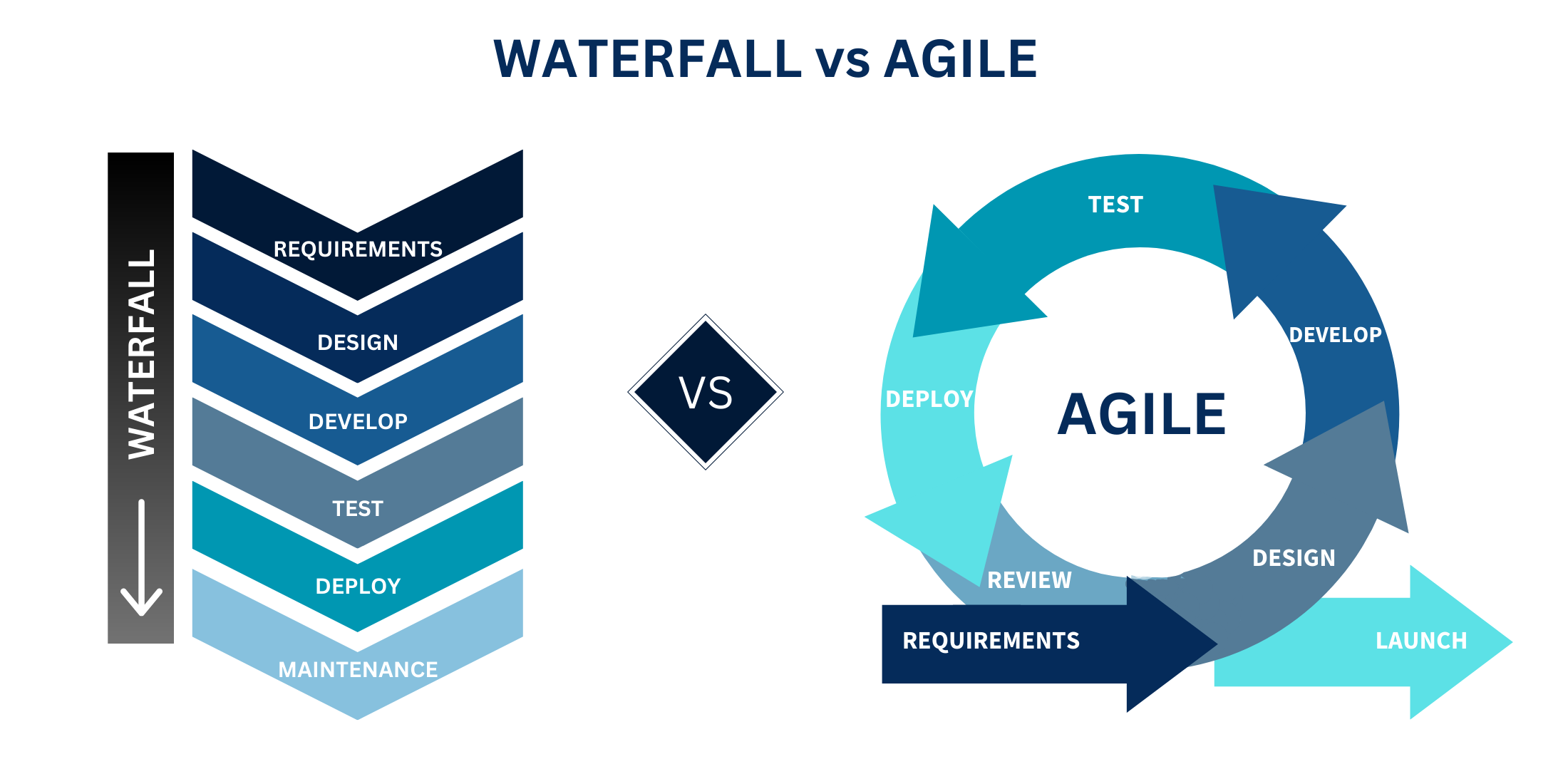Agile methodology has become a pivotal approach in modern project management and software development, offering flexibility and iterative processes to address the challenges of delivering high-quality products in rapidly changing environments. This article explores what Agile is, why it is essential, how it contrasts with traditional methods, its core principles, and its key advantages. By providing a comprehensive overview, it highlights how Agile has transformed the way teams work, enabling them to deliver value efficiently and effectively in dynamic industries.
What is Agile?
Agile is a project management and development methodology that emphasizes adaptability, collaboration, and customer-centric solutions. Instead of delivering a complete product at the end of a project, Agile encourages iterative progress, frequent delivery of small, workable product increments, and continuous feedback loops.
Agile isn’t a tool or framework—it’s a mindset guided by values and principles outlined in the Agile Manifesto, created in 2001 by 17 software practitioners. This manifesto serves as a guiding philosophy for teams seeking better ways of developing products.
The Need for Agile
1. Changing Business Environments
In today’s fast-paced world, market conditions, technologies, and customer needs evolve rapidly. Agile provides the flexibility to adapt to these changes without derailing the project.
2. Customer-Centric Development
Traditional methods often result in products that meet specifications but fail to address actual user needs. Agile prioritizes customer involvement, ensuring the delivered product solves real-world problems.
3. Reducing Risk
By breaking projects into smaller, manageable pieces, Agile reduces the risk of project failure. Issues can be identified and resolved early, preventing costly mistakes down the line.
4. Faster Time-to-Market
In competitive industries, delivering value to customers quickly is critical. Agile allows teams to release functional product increments faster, capturing feedback and improving over time.
How Agile Differs from Traditional Methods
1. Waterfall vs. Agile

Core Principles of Agile
The Agile Manifesto is built on four values and twelve principles:
Four Values:
- Individuals and Interactions over processes and tools.
- Working Software over comprehensive documentation.
- Customer Collaboration over contract negotiation.
- Responding to Change over following a plan.
Twelve Principles:
- Customer satisfaction through early and continuous delivery.
- Embrace changing requirements, even late in development.
- Deliver working software frequently (weeks rather than months).
- Collaboration between business stakeholders and developers.
- Build projects around motivated individuals and trust them.
- Face-to-face communication is the most effective method.
- Working software is the primary measure of progress.
- Promote sustainable development for teams and stakeholders.
- Continuous attention to technical excellence and good design.
- Simplicity—the art of maximizing work not done—is essential.
- Self-organizing teams produce the best results.
- Regular reflection and adaptation to improve effectiveness.
Advantages of Agile
1. Customer Satisfaction
Frequent delivery and collaboration ensure that the product aligns with user needs, increasing customer satisfaction.
2. Improved Quality
Continuous testing and feedback loops help teams identify and fix issues early, resulting in a higher-quality product.
3. Flexibility and Adaptability
Agile thrives in dynamic environments, allowing teams to adjust priorities and approaches as needed.
4. Transparency
Regular meetings, such as daily stand-ups and sprint reviews, ensure all stakeholders are informed about project progress.
5. Reduced Time-to-Market
Frequent releases mean businesses can deliver value to customers faster, gaining a competitive edge.
6. Team Empowerment
Agile fosters a collaborative environment where team members are empowered to make decisions, increasing ownership and morale.
7. Cost-Effectiveness
By focusing on delivering the most valuable features first, Agile ensures resources are used efficiently.
Applications of Agile Beyond Software Development
While Agile originated in software development, its principles are now applied in various fields:
- Marketing: Agile marketing teams run campaigns iteratively, testing ideas and adjusting based on results.
- Manufacturing: Concepts like Lean manufacturing align with Agile’s emphasis on efficiency and continuous improvement.
- Education: Agile frameworks help educators design curricula that respond to changing student needs.
Challenges in Implementing Agile
- Cultural Resistance: Teams accustomed to traditional methods may resist Agile’s dynamic approach.
- Misunderstanding Agile: Without proper training, Agile can be misinterpreted as an excuse for lack of planning or discipline.
- Scaling Issues: Applying Agile across large organizations requires careful planning and adaptation.
- Over-commitment: Teams may struggle to balance flexibility with realistic goal setting.
Conclusion
Agile methodology has revolutionized the way teams approach project management and product development. Its emphasis on collaboration, adaptability, and continuous improvement ensures that organizations can thrive in a fast-changing world. By fostering customer satisfaction, empowering teams, and delivering high-quality products faster, Agile proves to be a critical asset in any industry.
Organizations adopting Agile must embrace its mindset and principles, not just its practices, to unlock its full potential.
Stay tuned for a detailed exploration of Scrum, one of the most popular Agile frameworks, in my next article.